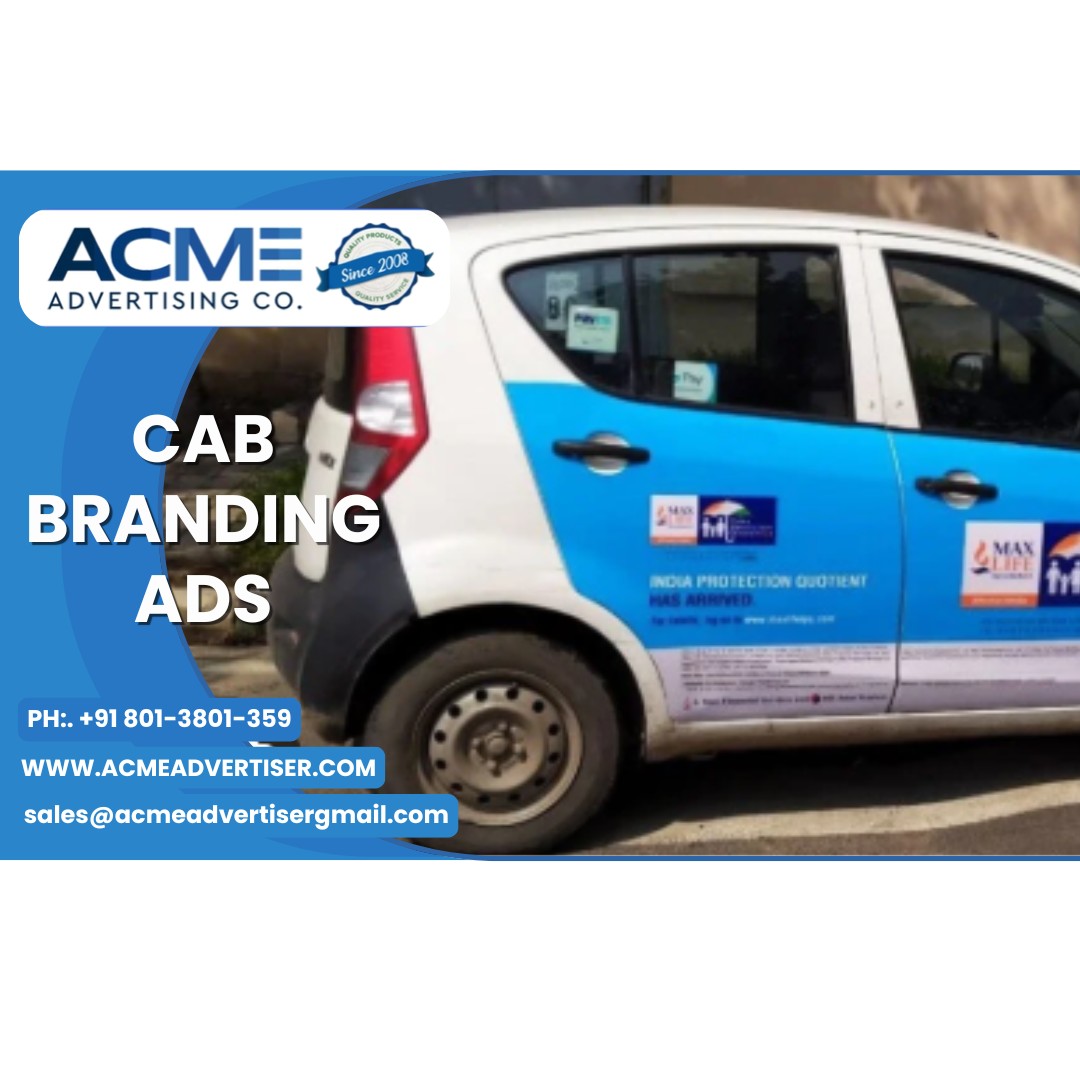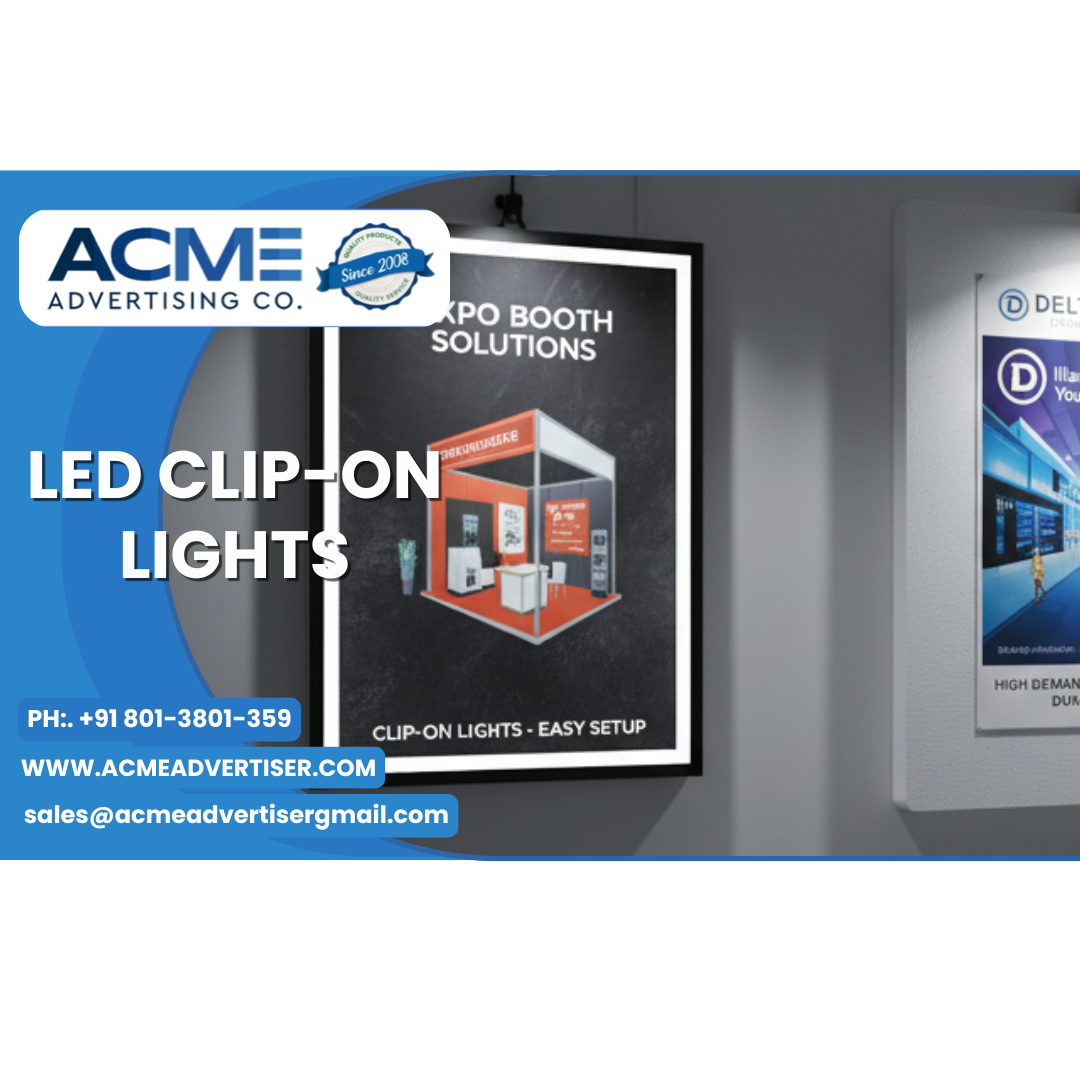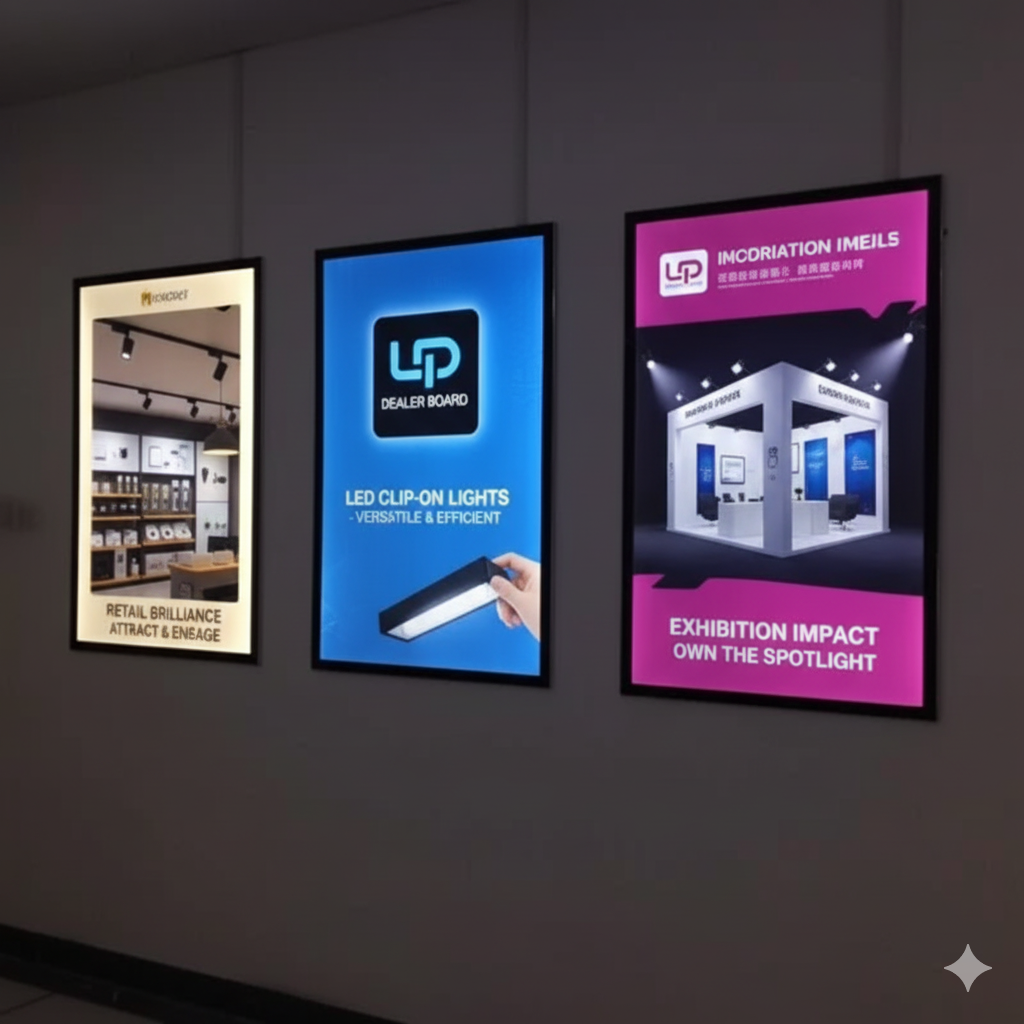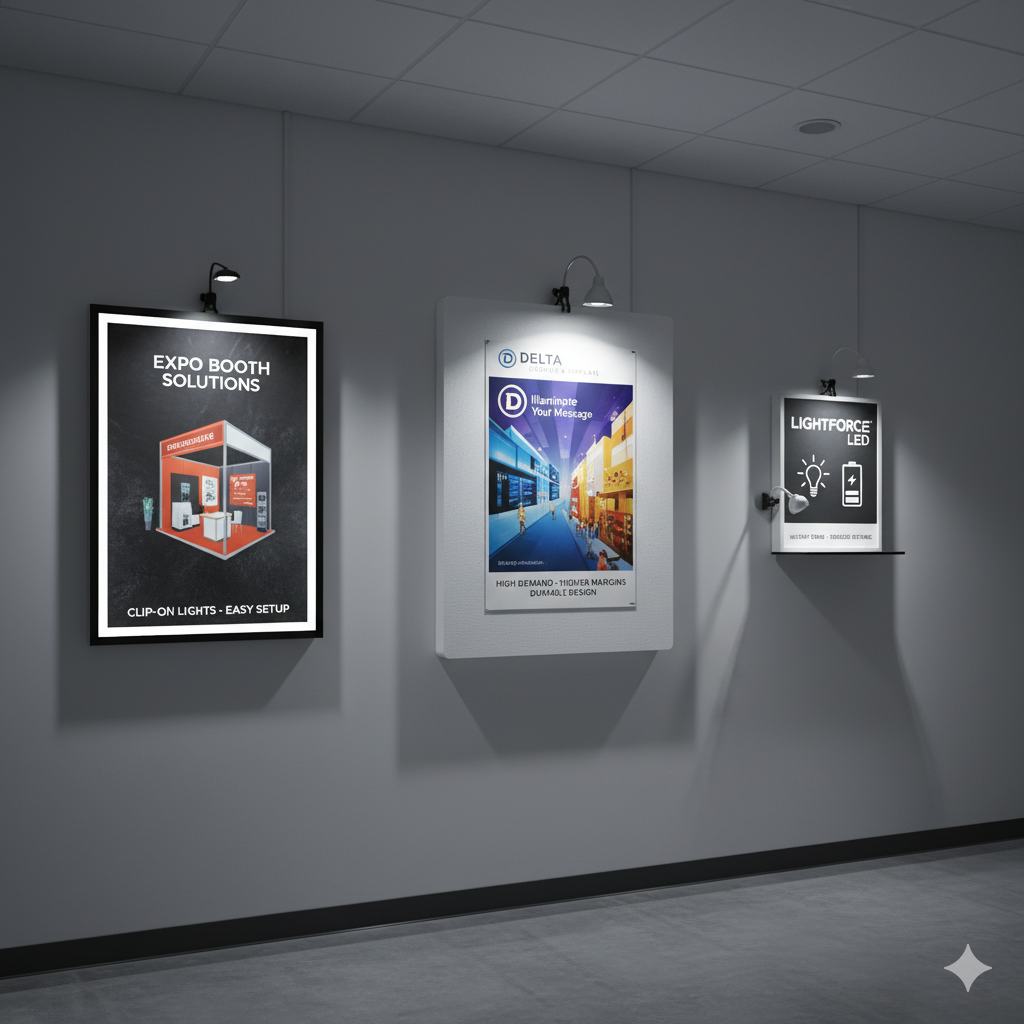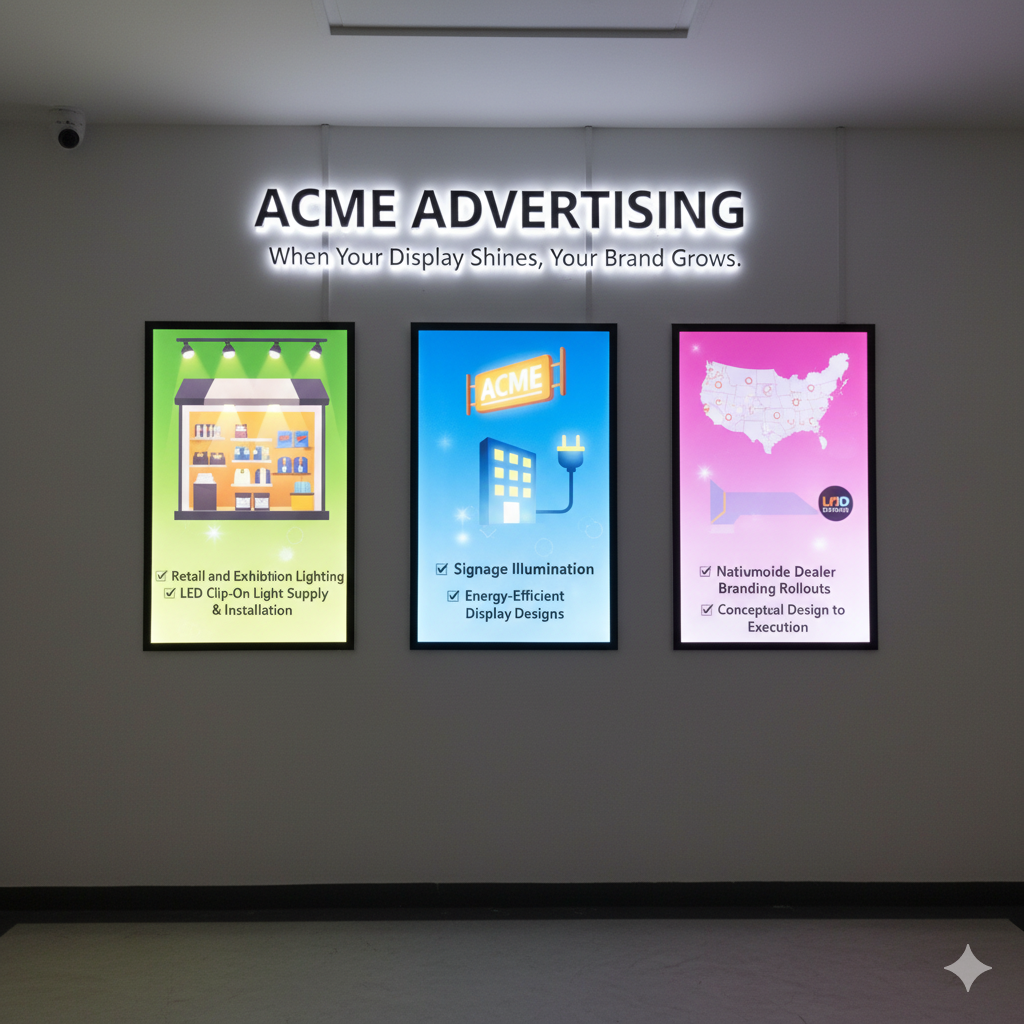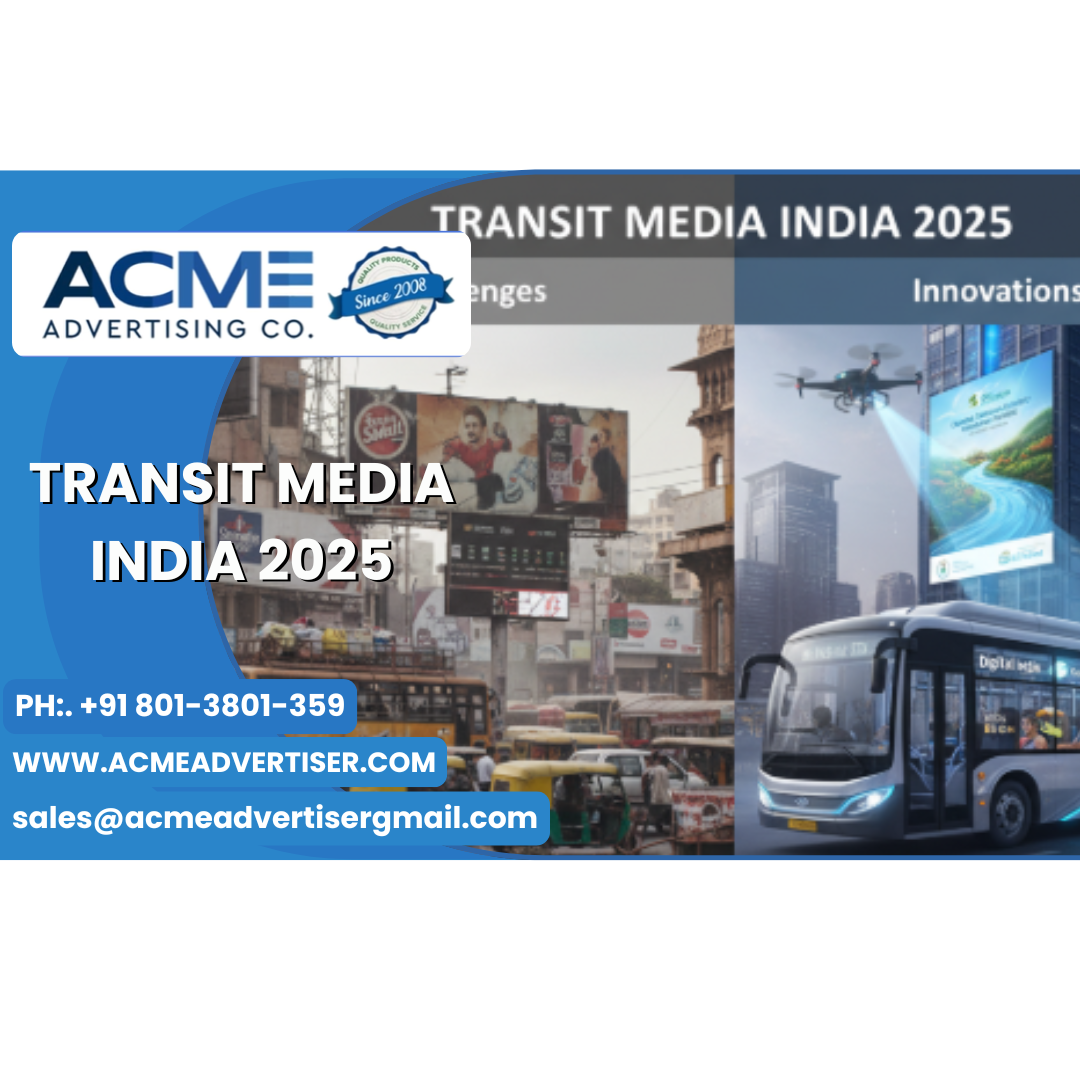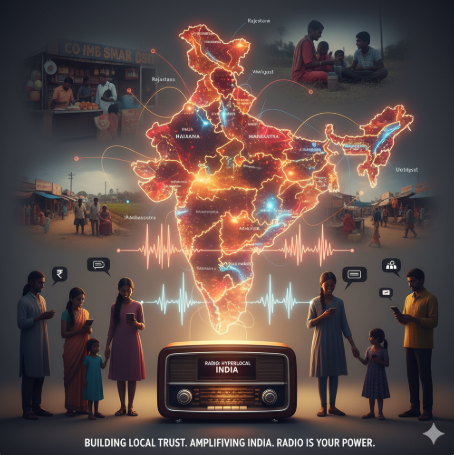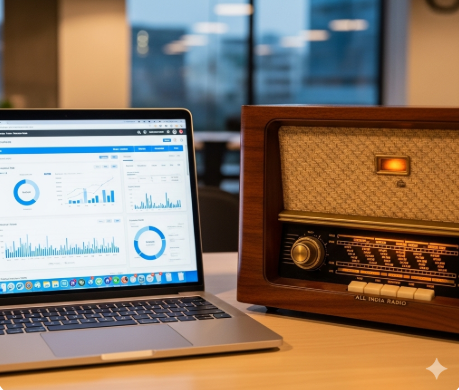How Brands Can Turn Every Ride into a Moving Story That Drives Real ROI
Table of Contents
- Introduction: The New Frontier of Outdoor Advertising
- What Makes Cab Branding a Powerful Marketing Medium
- The Psychology of Movement: Why Mobile Ads Work
- Key Design & Creative Strategies for Cab Branding Success
- Audience Targeting and Route Optimization
- Integrating Digital and Offline Campaigns
- Measuring Engagement and ROI: From Impressions to Interactions
- Case-Inspired Scenarios: How Cab Branding Drives Results
- Eco-Friendly Branding and Responsible Advertising
- Future Trends: Smart Cabs, QR Campaigns, and AR Integration
- Final Thoughts: The Road Ahead for Brand Visibility
- FAQs: Everything You Need to Know About Cab Branding Ads
The New Frontier of Outdoor Advertising
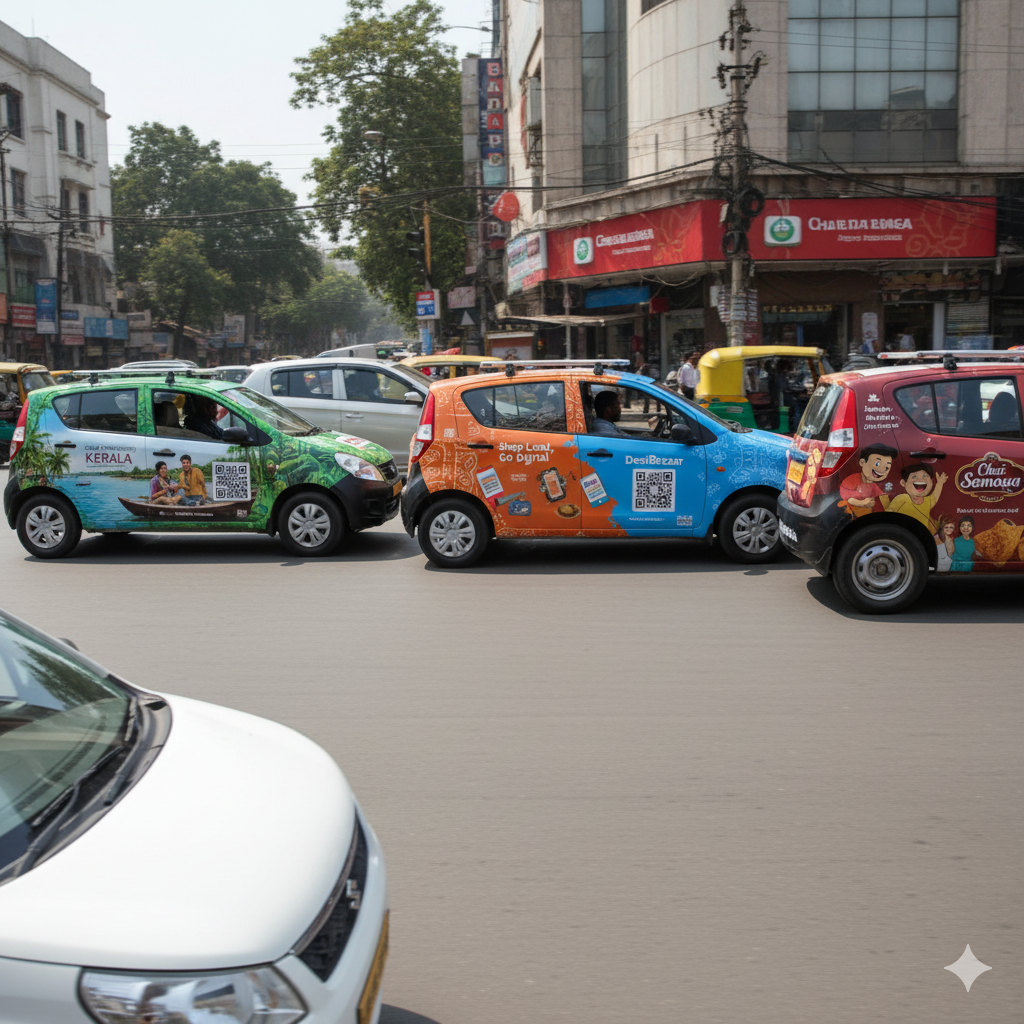
In today’s attention economy, every second counts — especially when your audience is on the move. Between skyscraper billboards, digital screens, and endless social feeds, traditional advertising often struggles to hold focus.
That’s where Cab Branding Ads have emerged as a fresh, powerful player — turning everyday city rides into rolling brand stories.
These ads transform cabs into mobile billboards, cutting through urban clutter and reaching thousands of people across high-traffic routes — not just pedestrians, but riders, commuters, and even social media users who catch a branded cab in a photo.
It’s advertising that moves — literally and emotionally.
What Makes Cab Branding a Powerful Marketing Medium
Unlike static outdoor placements, cab branding ads take your message directly into the heart of daily life — where people live, work, and commute.
Here’s why this medium has become a favorite among smart marketers and advertisers:
✅ Wider Reach: Cabs cover vast areas daily, from business districts to local neighborhoods.
✅ High Visibility: With designs on doors, hoods, and rooftops, your ad gets seen by both pedestrians and fellow drivers.
✅ Long Exposure Time: Unlike fleeting digital impressions, cabs often stay in a viewer’s line of sight for 20–60 seconds during traffic.
✅ Cost-Effective: Compared to static billboards, the cost per impression is lower while the coverage is dynamic.
✅ Localized Targeting: Focus your campaign in specific cities or zones for maximum local relevance.
In short, cab branding brings together mobility, repetition, and hyper-local visibility — a triple-win formula for modern brands.
The Psychology of Movement: Why Mobile Ads Work
Humans are hardwired to notice motion — it’s a basic instinct. That’s why a moving cab wrapped in striking visuals instantly grabs attention in a way static billboards can’t.
But the impact isn’t just visual; it’s psychological. Moving ads create:
- Repetition: Viewers encounter the same cab multiple times in different contexts, boosting recall.
- Trust through Familiarity: When people repeatedly see a branded cab around their city, it builds subconscious credibility.
- Curiosity: People often snap photos or Google a brand they notice on a vehicle.
According to studies on out-of-home advertising, mobile billboards can generate 2.5x higher engagement than static outdoor formats — proving that movement markets better.
Key Design & Creative Strategies for Cab Branding Success
Designing for motion is different from designing for stillness. With cabs constantly on the move, the goal is clarity, color, and memorability.
Here are the golden rules for cab branding creative that truly pops:
🎨 1. Keep It Bold and Simple
Use large, readable fonts and minimal text. The message should be understood in under 3 seconds.
🚕 2. Use High-Contrast Colors
Colors like yellow, red, and blue stand out vividly in urban traffic. Ensure contrast between background and text for clarity.
🧠 3. Lead with Emotion, Not Information
A smiling face, a relatable moment, or a witty line works better than a dense paragraph. Remember: emotion drives recall.
📱 4. Include an Action Cue
Add QR codes, hashtags, or URLs — turning curiosity into clicks. Many brands use short, memorable domains that redirect to campaigns.
📍 5. Design for All Angles
Ensure the design looks good from every view — side, rear, and front. The rear view especially matters in traffic queues.
A great example? A fitness brand wrapped cabs with “Your next workout starts here” paired with a QR code linking to trial sign-ups — short, playful, and high-converting.
Audience Targeting and Route Optimization
Cab branding isn’t just about visuals — it’s about strategy on wheels.
Using GPS and data analytics, marketers can map routes where their audience density is highest. For instance:
- Target corporate commuters by running branded cabs around business hubs like Cyber City or Bandra-Kurla Complex.
- Reach college students near campuses or hostels.
- Engage families and shoppers by focusing on malls and residential zones.
This route-based targeting ensures maximum impressions per mile, making your campaign not just creative — but also data-smart.
Integrating Digital and Offline Campaigns
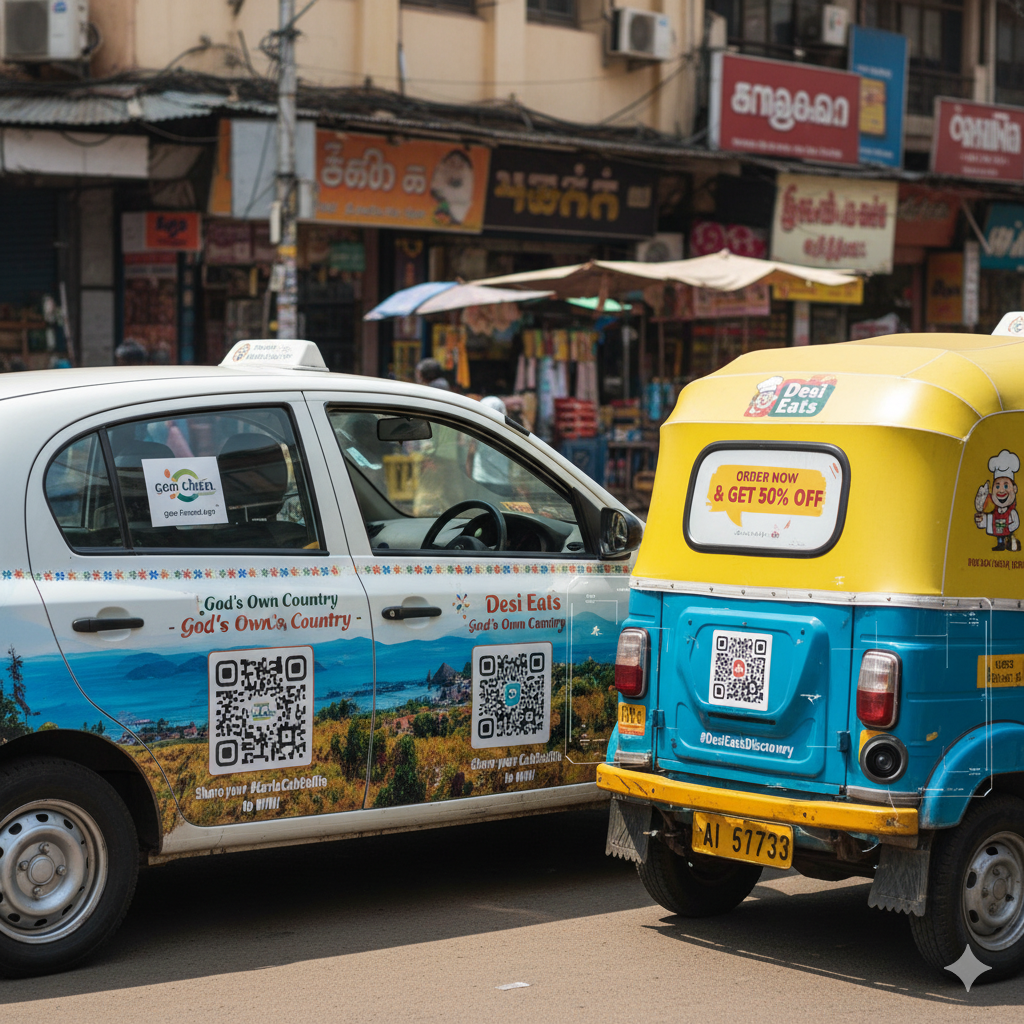
The smartest advertisers don’t treat offline and online as separate worlds — they blend them.
With Cab Branding Ads, you can easily extend your campaign into digital:
- Add QR codes that open to landing pages or offers.
- Use geo-fenced ads that trigger digital campaigns when users are near your branded cabs.
- Encourage user-generated content (UGC) by asking people to post photos of your cabs with a hashtag contest.
- Embed AI-powered tracking to measure impressions and engagement in real time.
This hybrid approach gives your brand the best of both worlds — tangible presence + digital analytics.
Measuring Engagement and ROI: From Impressions to Interactions
Every marketing rupee counts, and cab branding delivers measurable impact when tracked properly.
Here’s how to evaluate your campaign’s performance:
- Impressions: Average number of eyeballs per day per cab.
- Reach: Geographic and demographic data of exposure.
- Engagement: Number of scans, visits, or social mentions.
- Conversion: Leads or purchases triggered by the campaign.
- Brand Recall Surveys: Measure recognition before and after campaigns.
A study by the Outdoor Advertising Association of India found that branded vehicles generate 97% message recall — outperforming traditional outdoor media.
With data-driven planning, cab branding shifts from just an awareness tool to a ROI-driven medium.
Case-Inspired Scenarios: How Cab Branding Drives Results
Let’s visualize a few real-world-inspired scenarios (without using brand names):
- A food delivery startup used cab branding with vibrant, appetizing imagery and a QR code for app downloads. Result? A 40% surge in installs within two weeks.
- A fintech company targeted office routes, using witty copy like “Your salary deserves better interest” — creating buzz and user curiosity.
- An event organizer branded cabs near stadiums before a concert, with QR codes for ticketing. Fans loved it — scanning and sharing selfies with the moving ads.
These examples highlight how cab branding isn’t just visibility — it’s connectivity on the move.
Eco-Friendly Branding and Responsible Advertising
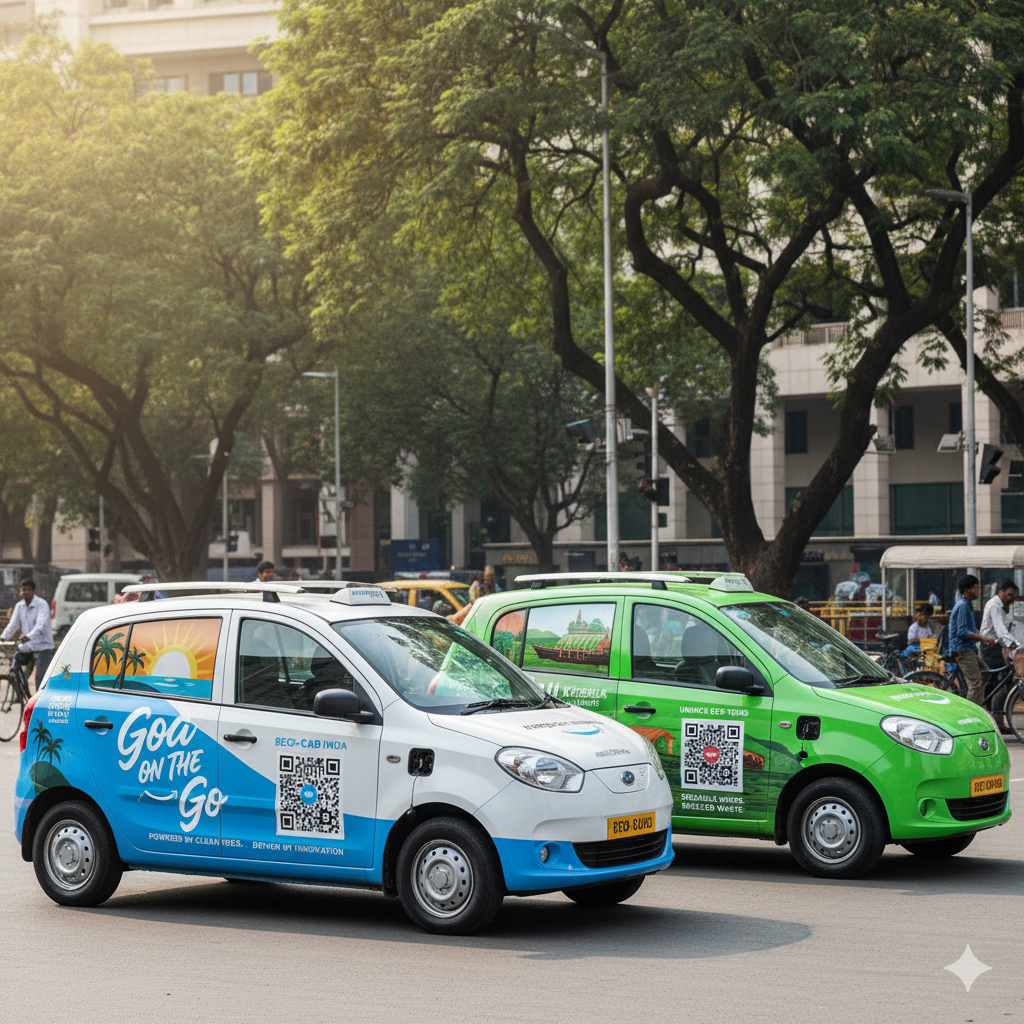
Modern consumers care about sustainability — and so should your advertising.
Cab branding aligns naturally with eco-conscious marketing, especially when paired with electric or hybrid vehicles. Brands can proudly showcase messages like:
“Powered by Clean Rides. Driven by Innovation.”
Plus, since cab wraps are reusable and recyclable, they generate less waste than traditional billboards. Choosing eco-friendly materials and biodegradable adhesives can enhance both your green image and brand trust.
Sustainability isn’t just a marketing angle — it’s a brand value
.
Future Trends: Smart Cabs, QR Campaigns, and AR Integration
The next phase of cab branding is all about technology + creativity.
Here’s where the future is heading:
- AR-Enabled Cab Ads: Viewers scan the cab and see animated 3D effects or product demos in augmented reality.
- Dynamic QR Codes: Update campaign offers in real time.
- AI-Powered Ad Routes: Optimize travel paths using audience movement data.
- Interactive Interiors: Digital screens or scent-based marketing inside cabs for immersive passenger experiences.
In essence, the cab of the future isn’t just a ride — it’s a storytelling space on wheels.
Final Thoughts: The Road Ahead for Brand Visibility
In an era where audiences are constantly on the move, your ads need to move with them.
Cab branding ads bring together the best of creativity, data, and physical presence — allowing brands to literally ride through the city’s heartbeat.
Whether you’re a startup looking for affordable buzz or a major brand seeking deeper city-level penetration, cab branding is an uncluttered, high-engagement channel that builds recall and relevance every single day.
Because when your message moves — so does your brand.
FAQs: Everything You Need to Know About Cab Branding Ads
Q1. What are cab branding ads?
Cab branding ads involve placing your brand’s creative visuals on taxis, turning them into mobile advertising units that travel across cities.
Q2. How long can a cab branding campaign run?
Campaigns typically run from 1 month to 6 months, depending on the brand’s goal and visibility requirements.
Q3. Is cab branding cost-effective?
Yes — it provides excellent cost per impression (CPI) since one cab can reach thousands of people daily across varied locations.
Q4. Can cab branding be done in multiple cities?
Absolutely. National-level cab fleets make it easy to scale campaigns across metros and Tier-2 cities.
Q5. How can brands track performance?
Using GPS, QR analytics, and UTM tracking, brands can monitor engagement, reach, and ROI in real time.
Q6. What materials are used for cab wraps?
High-quality, weather-resistant vinyl wraps that ensure durability and clean removal without damaging the car.
Q7. Is cab branding allowed everywhere?
Yes, most cities permit cab branding under local transport authority guidelines — always ensure compliance with local laws.
Q8. How can small businesses benefit?
Cab branding offers affordable, localized exposure — perfect for local restaurants, boutiques, startups, and event promotions.
🚕 Ready to Drive Your Brand Forward?
Turn your next campaign into a city-wide moving showcase with high-impact Cab Branding Ads.
Make every ride a story, every street a stage, and every glance a brand moment.

